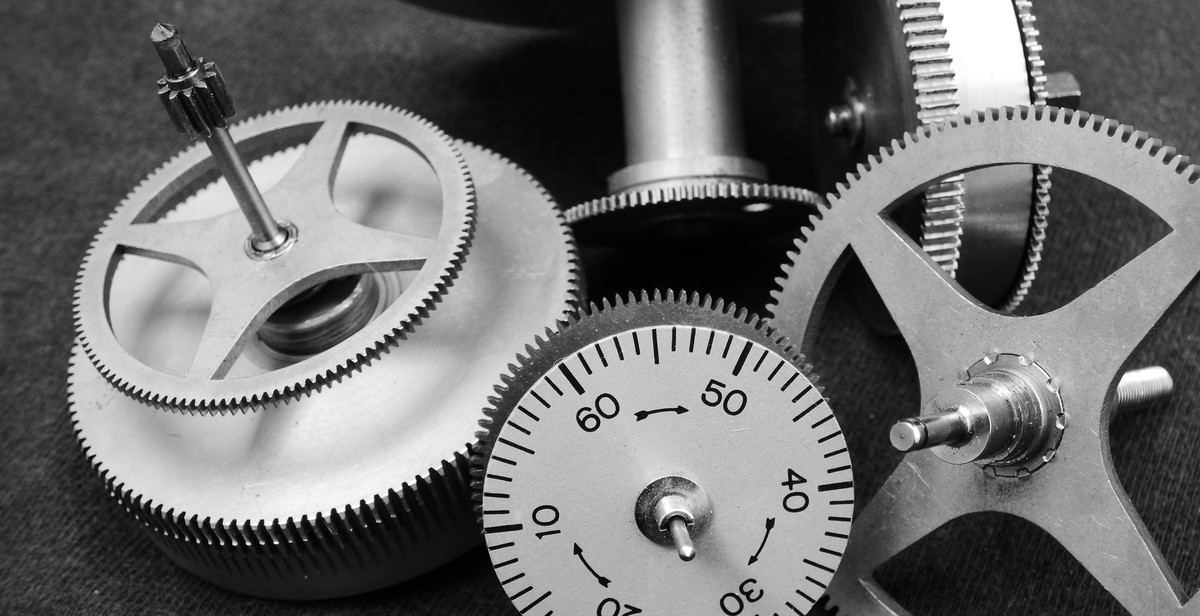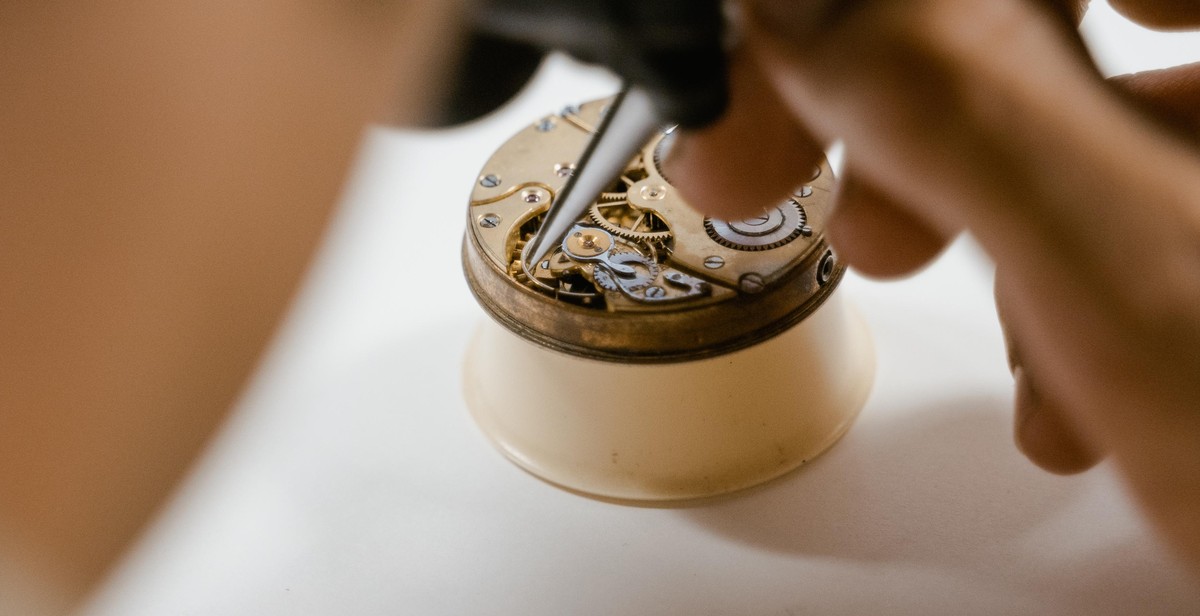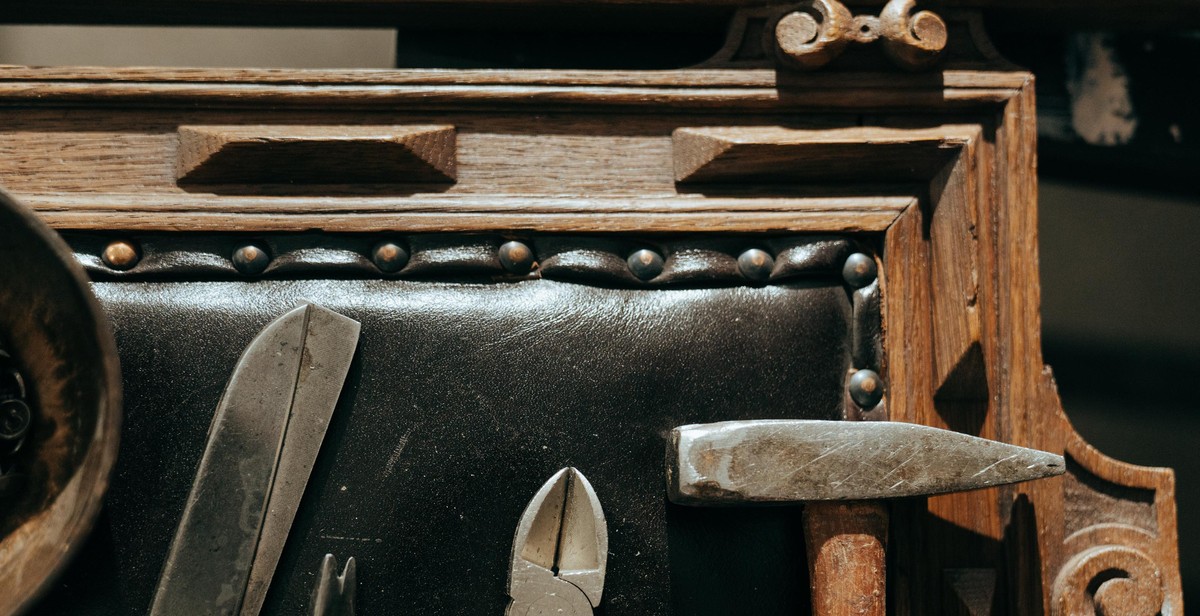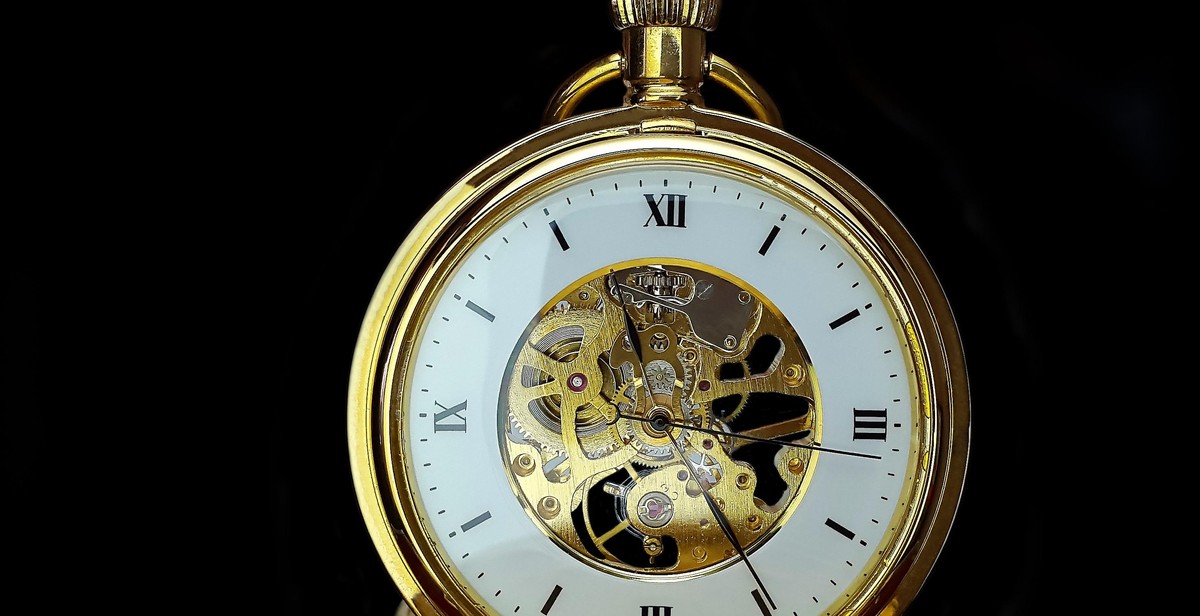Introduction
Vintage mechanical watches have a certain charm that modern watches just can’t match. They are not only a functional timepiece but also a piece of art that represents a bygone era. However, owning a vintage watch comes with its own set of challenges. These watches require regular maintenance and repairs to keep them running smoothly. In this article, we will discuss some common issues that vintage mechanical watches face and how to identify and repair them.
Why vintage mechanical watches need special attention?
Vintage mechanical watches are delicate and complex machines that require special attention and care. Unlike quartz watches, they rely on a series of gears, springs, and levers to keep time. These intricate mechanisms can be easily damaged if not handled properly. Additionally, vintage watches may have been sitting idle for years, causing the oils and lubricants to dry up and the parts to rust or corrode. Therefore, it’s essential to understand the common issues that vintage watches face and how to fix them to keep them running for years to come.
Common issues in vintage mechanical watches
Some common issues that vintage mechanical watches face include inaccurate timekeeping, damaged or broken parts, worn-out or damaged mainspring, and water damage. These issues can be identified by observing the watch’s behavior and listening to its ticking. However, repairing these issues requires expertise and knowledge of watchmaking. In the following sections, we will discuss these issues in detail and how to repair them.

What are Vintage Mechanical Watches?
A mechanical watch is a timepiece that uses a mechanical mechanism to measure the passage of time. It is powered by a mainspring that needs to be manually wound or automatically wound through the movement of the wearer’s wrist. The mechanism consists of a series of gears, springs, and other mechanical parts that work together to power the watch’s movement and keep time accurately.
History of Mechanical Watches
Mechanical watches have been around for centuries, with the first mechanical clock being invented in Europe during the 14th century. However, it wasn’t until the 16th century that portable watches were invented. These early watches were often large and bulky and were worn as pendants around the neck or attached to clothing.
It wasn’t until the 17th century that the first wristwatches were invented, with the first known wristwatch being made for Queen Elizabeth I of England in 1571. These early wristwatches were not very accurate and were mainly used as fashion accessories.
It wasn’t until the 18th century that the first accurate mechanical watch was invented. This was thanks to the invention of the balance spring, which allowed watches to keep time accurately to within a few minutes a day.
During the 19th and early 20th centuries, mechanical watches became more accurate and more affordable, leading to their widespread popularity. However, with the invention of quartz watches in the 1960s, mechanical watches lost popularity, and many watchmakers went out of business.
Today, mechanical watches are seen as luxury items, with vintage mechanical watches being highly sought after by collectors and enthusiasts.

Common Issues in Vintage Mechanical Watches
Vintage mechanical watches are fascinating timepieces that have been admired for their intricate design and craftsmanship for centuries. However, like any other mechanical device, vintage watches are prone to wear and tear, which can cause various issues. Here are some common issues you may encounter when dealing with vintage mechanical watches:
Accuracy Issues
The accuracy of a vintage mechanical watch is affected by various factors, such as the condition of the movement, the age of the watch, and how well it has been maintained. Inaccurate timekeeping can be caused by a worn-out mainspring, a damaged balance wheel, or a dirty or clogged mechanism.
Power Reserve Issues
The power reserve of a vintage mechanical watch is the amount of time it can run without being wound. A decrease in power reserve can be caused by a worn-out mainspring, a damaged escapement or balance wheel, or a dirty mechanism. Regular servicing and maintenance can help improve the power reserve of your vintage watch.
Water Resistance Issues
Water resistance is a critical feature of any watch, especially for vintage watches that are not designed to be waterproof. Water damage can cause rust, corrosion, and damage to the movement, which can significantly reduce the value of your vintage watch.
Crown and Stem Issues
The crown and stem of a vintage watch are responsible for winding the mainspring and setting the time. Issues with the crown and stem can cause difficulty in winding or setting the time, or even complete failure. These issues can be caused by wear and tear, damage, or improper maintenance.
Crystal Issues
The crystal of a vintage watch is the clear cover that protects the dial and hands. Scratches, cracks, or chips on the crystal can affect the appearance of the watch and reduce its value. These issues can be caused by accidental damage, wear and tear, or improper handling.
Dial and Hands Issues
The dial and hands of a vintage watch are responsible for displaying the time. Issues with the dial and hands can include fading, discoloration, or damage. These issues can be caused by exposure to sunlight, moisture, or improper handling.
Bracelet and Strap Issues
The bracelet or strap of a vintage watch is responsible for holding the watch on your wrist. Issues with the bracelet or strap can include wear and tear, damage, or improper fit. These issues can be caused by regular use, exposure to moisture, or improper storage.
Knowing common issues in vintage mechanical watches can help you identify and repair problems before they become more severe. Regular servicing and maintenance can help prolong the life of your vintage watch and keep it running accurately for years to come.
How to Identify Issues in Vintage Mechanical Watches
Before attempting to repair a vintage mechanical watch, it is important to identify the issues it may be experiencing. Here are some key steps to take:
Listening to the Watch
One of the most important things you can do when examining a vintage mechanical watch is to listen to it. Place the watch close to your ear and listen for any ticking or clicking sounds. If you hear any irregular sounds, this could indicate a problem with the watch’s movement.
Checking the Power Reserve
Another important step is to check the power reserve of the watch. Wind the watch fully and observe how long it takes for the watch to stop ticking. If the watch stops ticking before the expected time, this could indicate a problem with the mainspring or the winding mechanism.
Checking the Water Resistance
It is also important to check the water resistance of the watch, especially if you plan to wear it regularly. Place the watch in water and observe whether any moisture seeps into the case. If the watch is not water-resistant, this could cause damage to the movement.
Examining the Crown and Stem
The crown and stem of a vintage mechanical watch can also reveal potential issues. Check to see if the crown is loose or difficult to turn. If the stem is loose or wobbly, this could indicate a problem with the winding mechanism.
Examining the Crystal
The crystal of the watch can also reveal potential issues. Look for any cracks or scratches on the surface of the crystal. If the crystal is damaged, this could allow moisture to seep into the movement and cause damage.
Examining the Dial and Hands
The dial and hands of the watch should also be examined closely. Look for any discoloration or damage to the dial. If the hands are loose or damaged, this could indicate a problem with the movement.
Examining the Bracelet and Strap
Finally, examine the bracelet or strap of the watch. Look for any signs of wear or damage, such as stretched links or frayed straps. If the bracelet or strap is damaged, this could affect the overall functionality of the watch.

How to Repair Common Issues in Vintage Mechanical Watches
Vintage mechanical watches are a beautiful and sophisticated piece of machinery, but they can also be prone to certain issues that may require repair. Here are some of the most common problems and how to fix them:
Accuracy Issues
If your vintage mechanical watch is running too fast or too slow, it may be due to a problem with the balance wheel or hairspring. This can be fixed by a professional watchmaker who can adjust the balance wheel or replace the hairspring.
Power Reserve Issues
If your vintage mechanical watch is not holding a charge for as long as it used to, it may be due to a problem with the mainspring or the winding mechanism. A watchmaker can replace the mainspring or repair the winding mechanism to fix this issue.
Water Resistance Issues
If your vintage mechanical watch is not water-resistant, it may be due to a problem with the gaskets or seals. A watchmaker can replace the gaskets or seals to restore the water-resistance of the watch.
Crown and Stem Issues
If the crown or stem of your vintage mechanical watch is loose or damaged, it may need to be replaced. A watchmaker can remove the old crown and stem and replace them with new ones to ensure proper function.
Crystal Issues
If the crystal of your vintage mechanical watch is scratched or cracked, it will need to be replaced. A watchmaker can remove the old crystal and replace it with a new one to restore the appearance of the watch.
Dial and Hands Issues
If the dial or hands of your vintage mechanical watch are damaged or loose, they may need to be replaced. A watchmaker can remove the old dial or hands and replace them with new ones to restore the appearance and function of the watch.
Bracelet and Strap Issues
If the bracelet or strap of your vintage mechanical watch is damaged or worn out, it may need to be replaced. A watchmaker can remove the old bracelet or strap and replace it with a new one to ensure proper function and comfort.
| Issue | Solution |
|---|---|
| Accuracy Issues | Adjust the balance wheel or replace the hairspring |
| Power Reserve Issues | Replace the mainspring or repair the winding mechanism |
| Water Resistance Issues | Replace the gaskets or seals |
| Crown and Stem Issues | Replace the crown and stem |
| Crystal Issues | Replace the crystal |
| Dial and Hands Issues | Replace the dial or hands |
| Bracelet and Strap Issues | Replace the bracelet or strap |

Conclusion
As you can see, vintage mechanical watches require a certain level of expertise to identify and repair common issues. However, with the right tools and knowledge, you can easily fix most problems and keep your watch running smoothly for years to come.
Key Takeaways
- Regular maintenance is key to keeping your vintage mechanical watch in good working condition.
- Common issues include broken mainsprings, worn out gears, and damaged balance staffs.
- Identifying the problem is the first step towards repairing it.
- Be sure to use the proper tools and techniques when repairing your watch.
- Consider seeking the help of a professional watchmaker if you are unsure about how to repair your watch.
Final Thoughts
If you own a vintage mechanical watch, it’s important to take good care of it to ensure that it lasts for generations. By learning how to identify and repair common issues, you can keep your watch running smoothly and enjoy its timeless beauty for years to come.
| Expert Tip: | Always store your vintage mechanical watch in a cool, dry place away from direct sunlight, moisture, and magnetic fields. |
|---|
